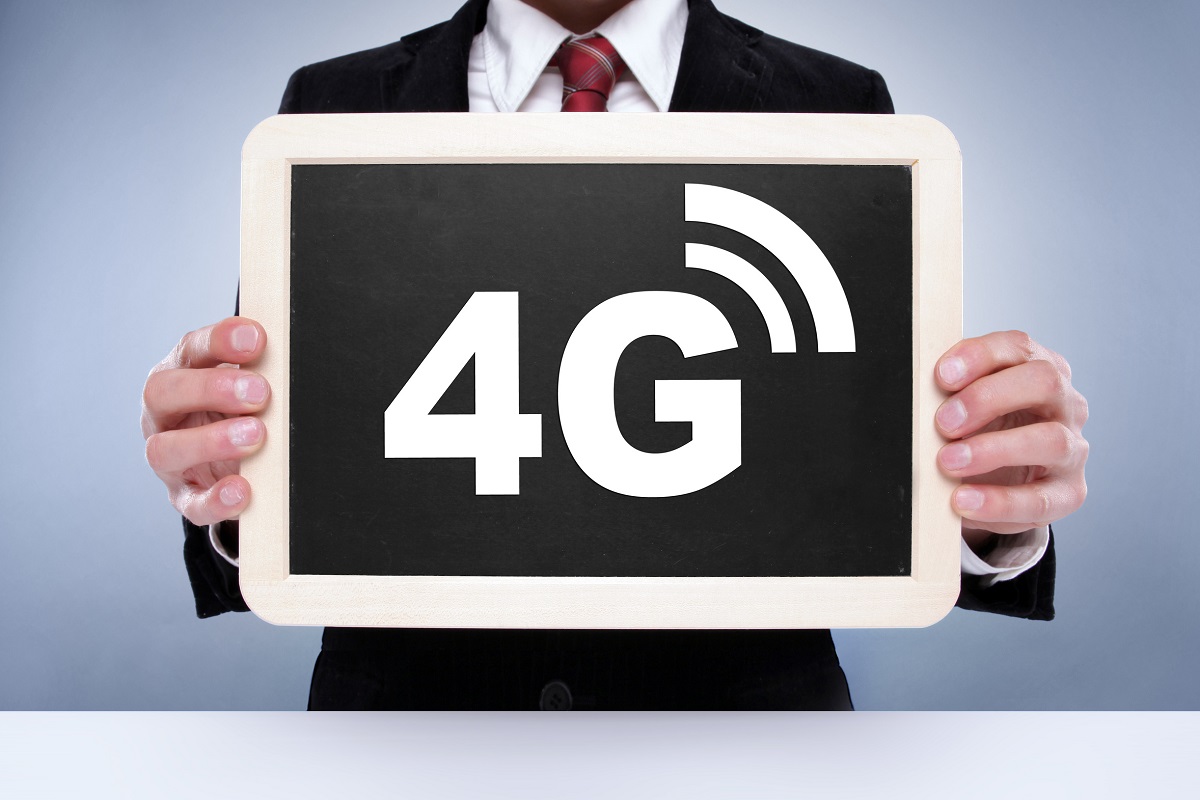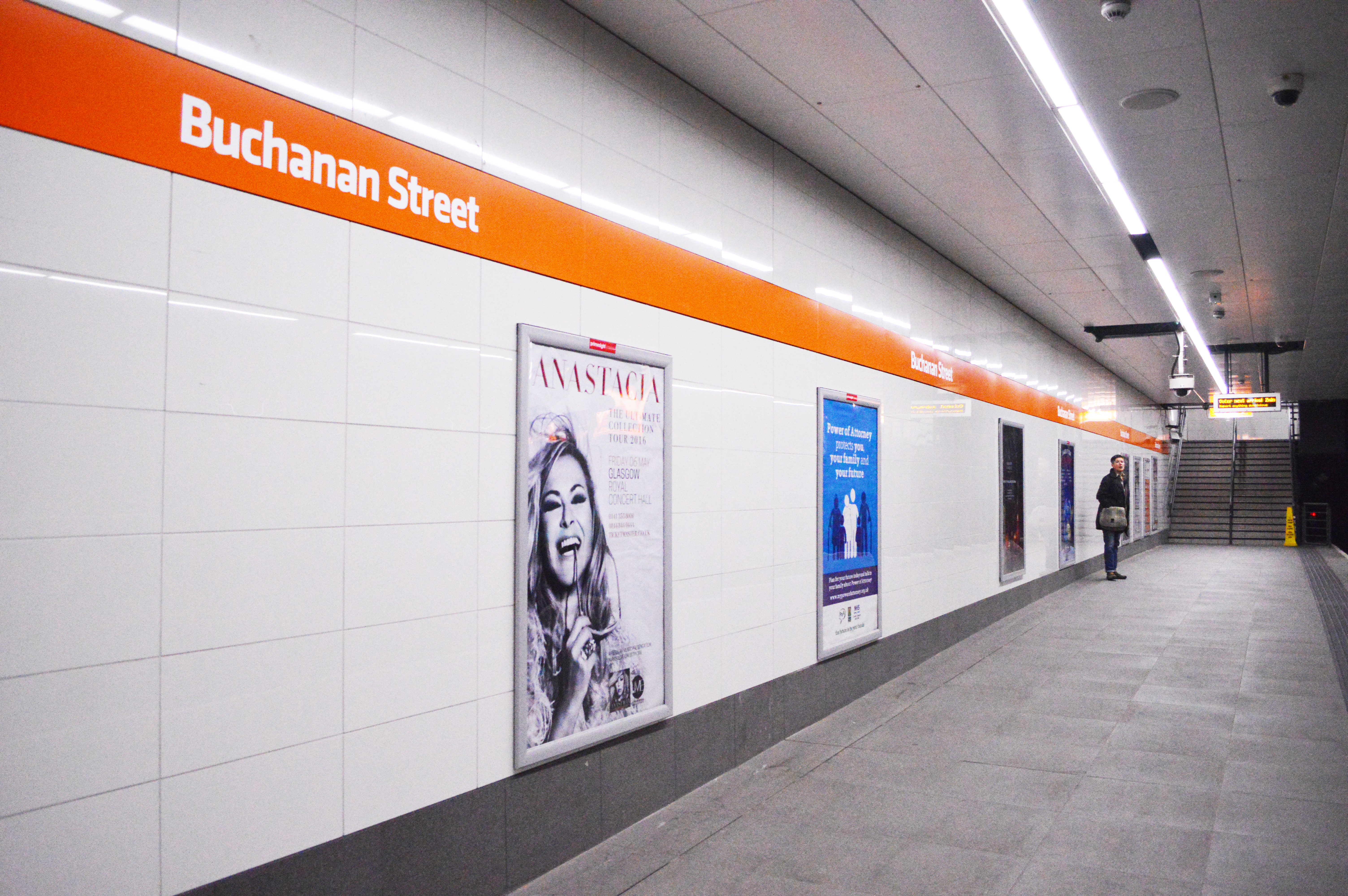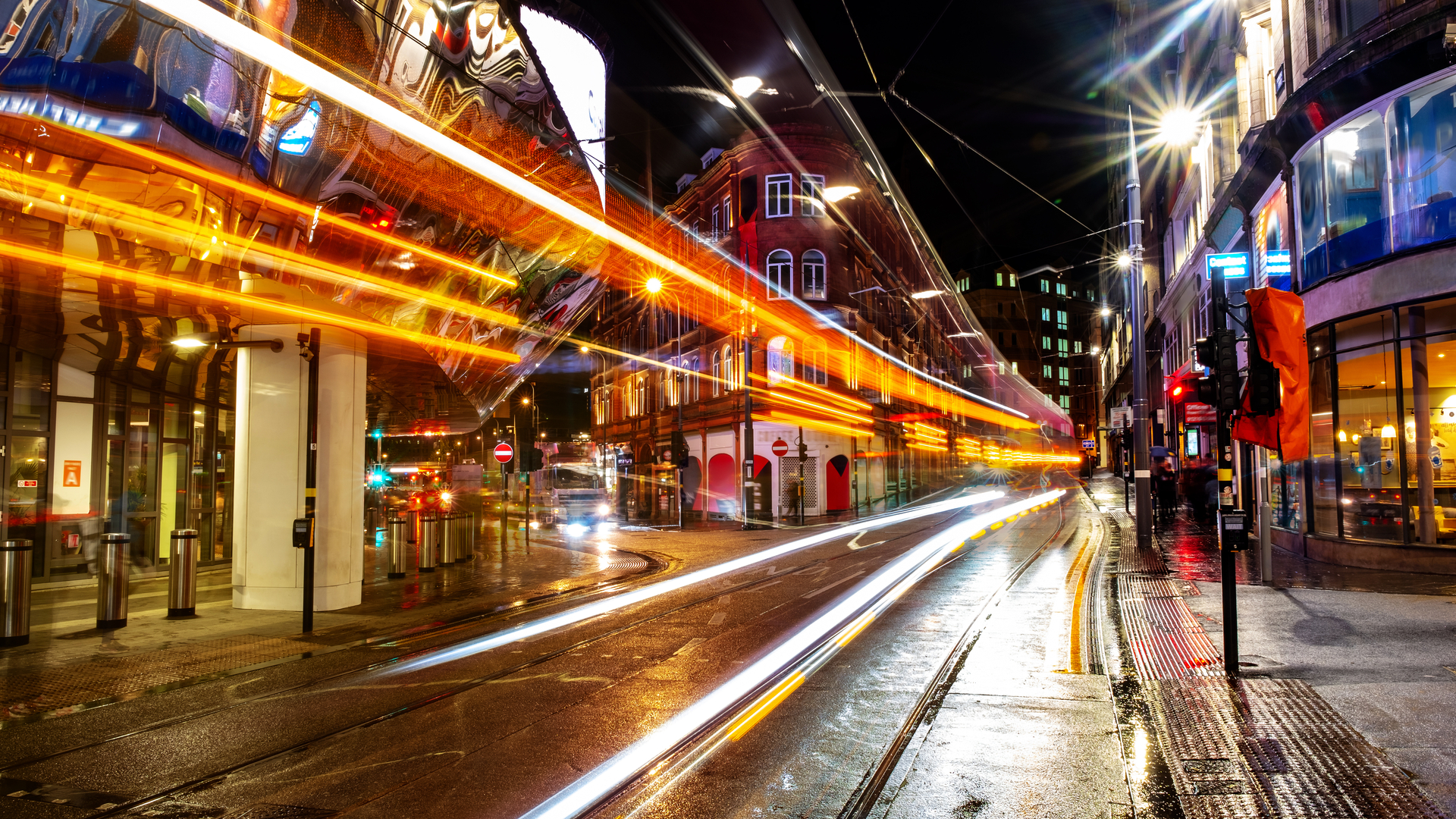EE 4G UK rollout reaches Cornwall
Mobile operator hails Cornwall's Saltash as the 250th town to benefit from 4G

EE has confirmed that its 4G network is now available in Cornwall for the first time, as it continues to push ahead with the rollout of its superfast technology.
The first Cornish town to get access to 4G is Saltash, near the river Tamar, which is home to 15,000 people, and has been named by EE as the 250th town to benefit from it.
The mobile operator has also announced the names of a further 21 towns, spanning Scotland, Northern Ireland, the Midlands, the south west and north west of England, where the network has now been switched on.
They include Bellshill, Sutton in Ashfield, Gravesend, Craigavon, Tyldesley, Cheshunt, Swadlincote, Bishop's Stortford, Leyland, Guiseley, Ballymena, Frimley, Ormskirk, Potters Bar, Banbridge, Nailsea, Keynsham, Armagh City, Strabane and Dungannon.
This, it claims, is part of its pledge to bring connectivity to areas that currently don't have widespread access to mobile and fixed-line communications services.
Olaf Swantee,CEO of EE, hailed the arrival of 4G in Cornwall as a "landmark" achievement in its ongoing 4G rollout efforts.
"This is a landmark in our work to bring superfast mobile internet to as many people in as many places as possible," he explained.
Get the ITPro daily newsletter
Sign up today and you will receive a free copy of our Future Focus 2025 report - the leading guidance on AI, cybersecurity and other IT challenges as per 700+ senior executives
"We know the benefits that 4G offers to consumers and businesses, and we're investing heavily in areas that have not previously had good mobile or fixed line coverage where those benefits can have an ever greater impact."
Sheryll Murray, MP for South East Cornwall, said the arrival of 4G would be welcomed by local businesses and residents in the area.
"Now the latest generation of mobile technology has arrived, Saltash is an area where it is even more attractive to live, to work and to do business. The arrival of 4G makes this part of Cornwall one of the best connected areas in the UK," she added.
According to EE's recent half year results, the company now has 4.2 million 4G customers in the UK, with 1.3 million of these signing up for the network in the second quarter alone.
-
 Bigger salaries, more burnout: Is the CISO role in crisis?
Bigger salaries, more burnout: Is the CISO role in crisis?In-depth CISOs are more stressed than ever before – but why is this and what can be done?
By Kate O'Flaherty Published
-
 Cheap cyber crime kits can be bought on the dark web for less than $25
Cheap cyber crime kits can be bought on the dark web for less than $25News Research from NordVPN shows phishing kits are now widely available on the dark web and via messaging apps like Telegram, and are often selling for less than $25.
By Emma Woollacott Published
-
 EE rolls out 4G across Glasgow's underground network
EE rolls out 4G across Glasgow's underground networkNews The network is currently restricted to EE customers but is likely to expand in the near future
By Sabina Weston Published
-
 Nokia and NASA join forces to bring 4G to the moon
Nokia and NASA join forces to bring 4G to the moonNews Cellular service will provide the communications needed for meaningful moon exploration
By Tyler Omoth Published
-
 Birmingham crowned the fastest UK city for 4G download speeds
Birmingham crowned the fastest UK city for 4G download speedsNews While Birmingham also recorded the highest speed hike over 2019, London came in at a middling 9th place
By Keumars Afifi-Sabet Published
-
 LTE vs 4G: Which is better?
LTE vs 4G: Which is better?In-depth Comparing LTE vs 4G has become common in recent years, but how exactly do they differ, and is 4G faster?
By Jane McCallion Last updated
-
 What is 4G?
What is 4G?In-depth A look at the fourth generation of mobile networking technology and its availability in the UK
By Rene Millman Last updated
-
 4G vs 5G - what's the difference?
4G vs 5G - what's the difference?Vs From 3G to 4G, mobile connectivity has revolutionised our lives. Now 5G is set to do it again
By Bobby Hellard Published
-
 The best 4G network
The best 4G networkIn-depth Every mobile provider offers 4G contracts, but which one is the best for you?
By Carly Page Last updated
-
 More than a million UK properties don't have access to 'decent' broadband speeds
More than a million UK properties don't have access to 'decent' broadband speedsNews Ofcom's Connected Nations report finds broadband is still lacking across 4% of the UK
By Roland Moore-Colyer Published